7 Carmakers That Disappointed And 7 That Delivered In 2025
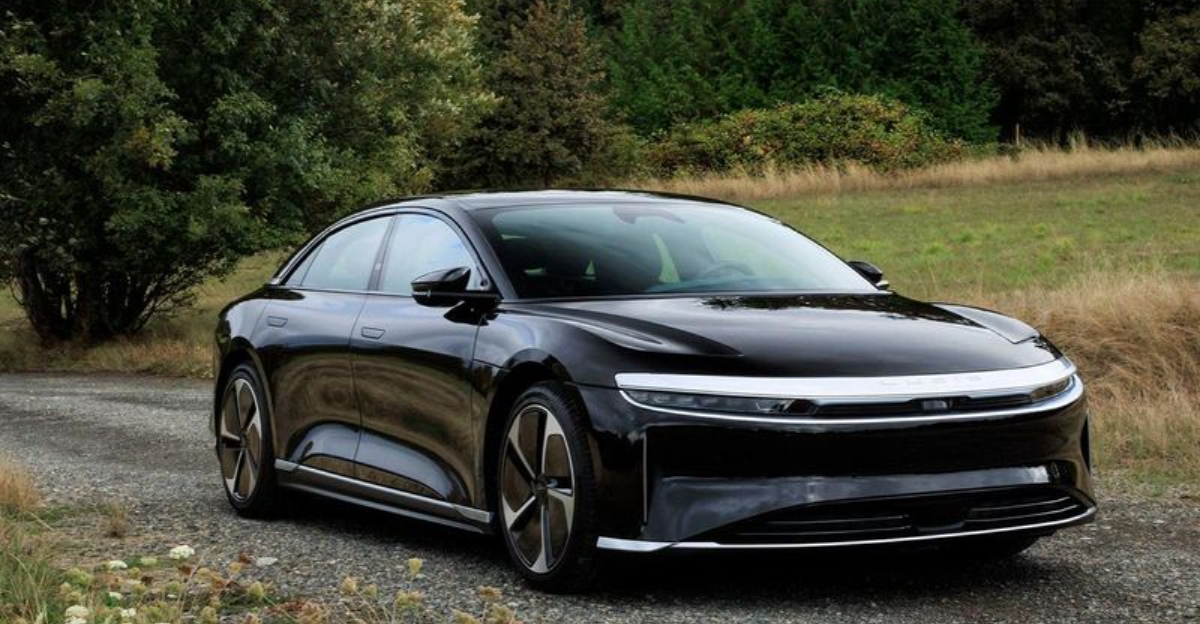
It was a sunny afternoon when I spotted the new release from one of the top carmakers of 2025, only to watch it stall in the parking lot – literally.
The disappointment hit hard. After months of hype, it was a classic case of “better on paper.”
Meanwhile, across the lot, a modest brand I’d almost forgotten about unveiled a surprisingly powerful contender.
It’s a tough year for some, while others are quietly proving they’re still capable of surprising us.
1. Ford’s Electric Fumble

Once America’s darling, Ford stumbled hard this year with their half-baked EV strategy.
The much-hyped F-150 Lightning Pro suffered from embarrassing software glitches that left owners stranded during charging attempts.
Production delays pushed delivery times to nearly 18 months, causing thousands of reservation cancellations.
Meanwhile, their combustion vehicles received minimal updates, leaving Ford’s lineup feeling stale compared to competitors.
2. Rivian’s Range Reality Check
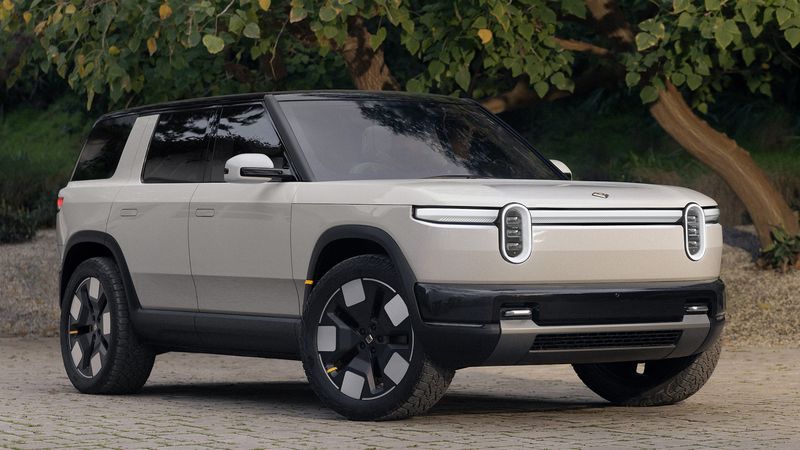
Rivian promised the moon but delivered a pebble with their new R2 crossover.
Initial range estimates of 400+ miles shrank to just 270 in real-world testing, crushing consumer expectations and sending stock prices tumbling.
Quality control issues plagued early production runs with panel gaps you could fit a sandwich through.
Their much-anticipated nationwide service network materialized as just twelve locations, leaving most owners reliant on mobile technicians with month-long waiting lists.
3. Volkswagen’s Software Nightmare
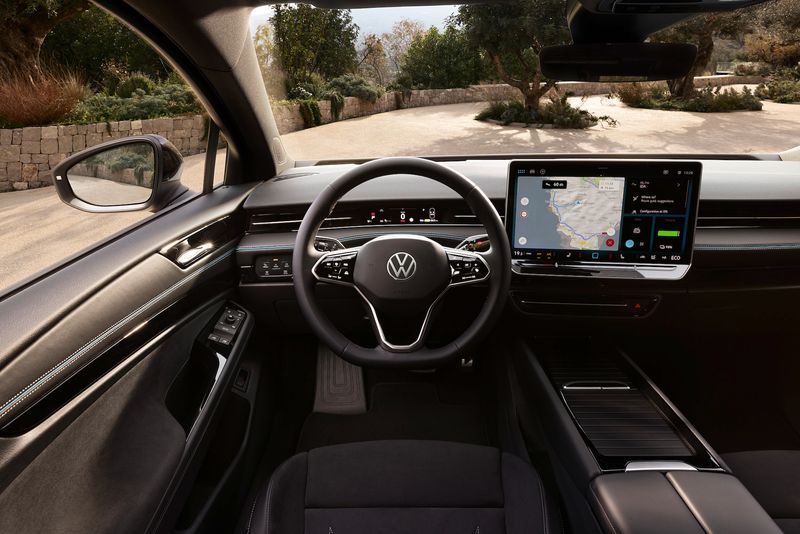
Coding catastrophes continued to haunt Volkswagen this year.
Their new ID.7 sedan launched with an infotainment system so buggy that owners reported screens freezing mid-drive, climate controls randomly blasting heat in summer, and navigation systems directing drivers into lakes.
VW’s promise to fix everything with over-the-air updates resulted in even more problems.
Some vehicles became completely bricked after failed downloads, requiring flatbed tows to dealerships where technicians faced two-week backlogs.
4. Porsche’s Pricing Blunder
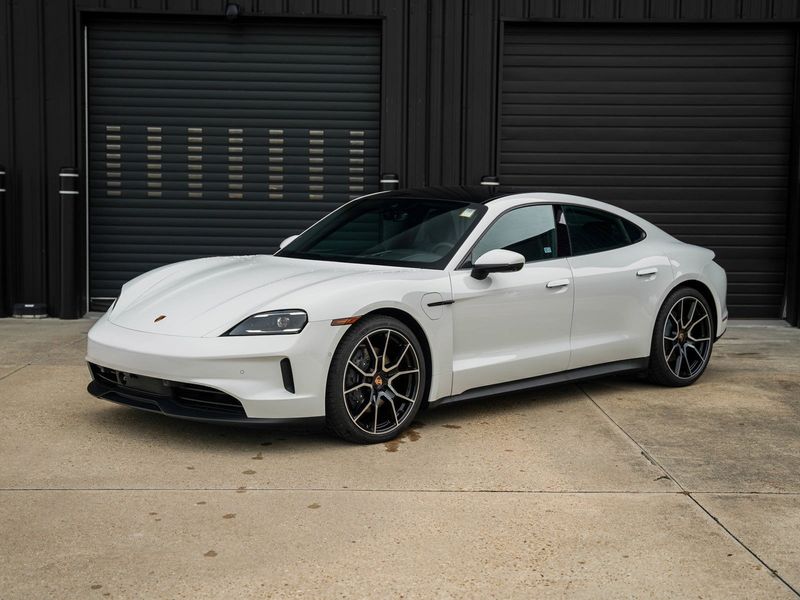
Luxury should have limits, but Porsche didn’t get the memo. Their 2025 Taycan received modest improvements while prices skyrocketed nearly 20% above last year’s models.
Basic features like heated seats became part of expensive packages only. Adding insult to injury, the waiting period stretched to 14 months for custom orders.
Meanwhile, their dealer network began adding “market adjustments” of $30,000+ on available inventory. The once-aspirational brand now feels like it’s exploiting customer loyalty rather than rewarding it.
5. Volvo’s Safety Scandal

Safety-first Volvo shocked everyone when their new EX90 SUV failed to earn a top safety rating from IIHS.
Structural issues in the passenger compartment during side impact tests raised serious concerns about the brand’s legendary protection.
Whistleblowers later revealed the company had rushed production to meet investor promises. Engineering warnings were allegedly ignored by executives focused on quarterly targets.
For a brand built entirely on safety reputation, this stumble represents not just a disappointment but an existential crisis.
6. Stellantis’ Quality Collapse
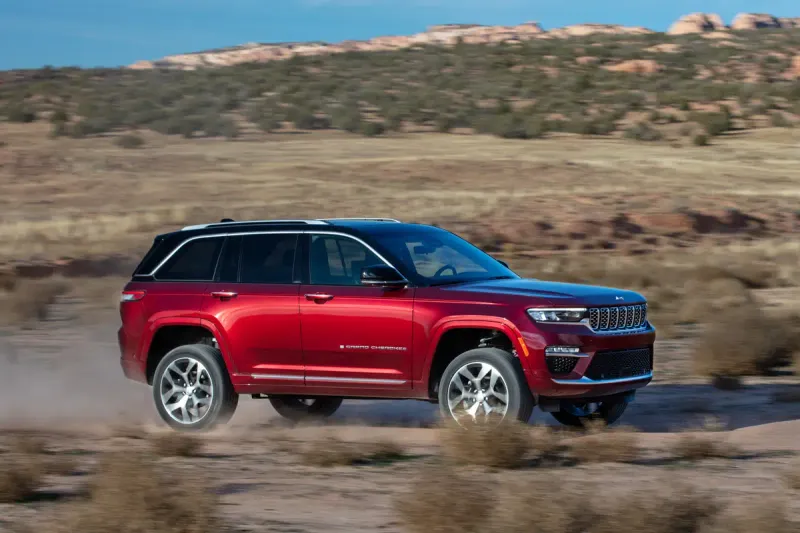
Jeep, Dodge, and Chrysler products hit rock bottom under Stellantis management this year.
Consumer Reports ranked their vehicles dead last in reliability across nearly every category. The redesigned Jeep Grand Cherokee suffered three major recalls within its first two months.
Customers reported everything from transmissions failing at 5,000 miles to electrical systems going haywire during rainstorms.
Dealer service departments became so overwhelmed that wait times for warranty repairs stretched to 45+ days, with loaner vehicles in short supply.
7. Renault’s Design Disaster
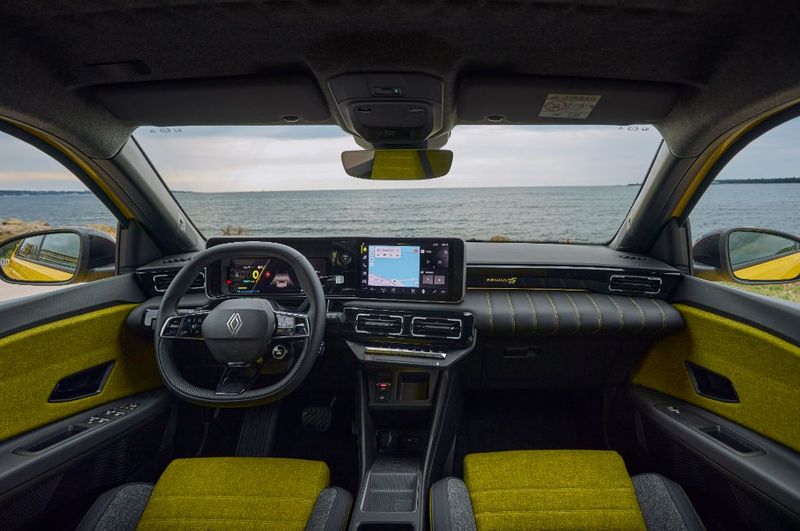
French flair turned to French failure with Renault’s bizarrely styled 5 E-Tech.
What should have been a charming retro-inspired EV emerged as a cartoon-like caricature that pleased neither nostalgists nor futurists.
Interior materials felt cheap to the touch, with hard plastics dominating surfaces where competitors offer soft-touch materials.
Performance disappointed too, with acceleration that feels sluggish compared to similarly priced rivals. The promised 300-mile range proved achievable only when driving downhill with a tailwind.
8. Tesla’s Cybertruck Comeback
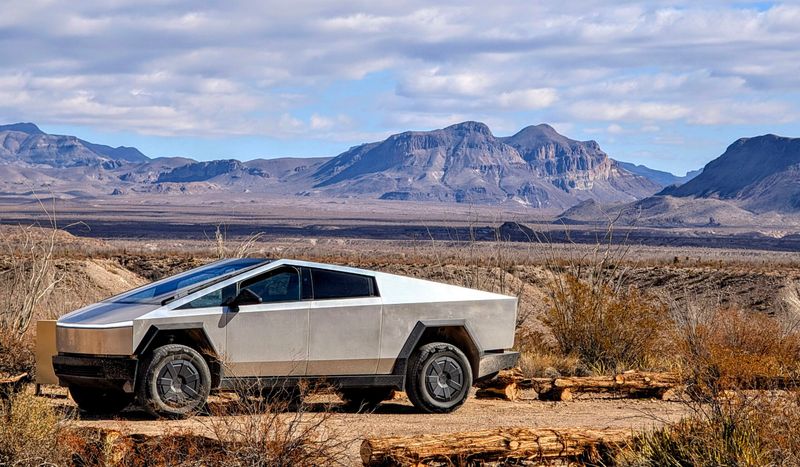
Against all odds, Tesla transformed the much-mocked Cybertruck from internet punchline to legitimate hit. Production finally hit stride with quality improvements addressing early issues.
The stainless steel behemoth now delivers on its promises with genuine 500+ mile range.
Supercharger stations received upgrades specifically for Cybertruck compatibility, enabling 15-minute charging stops.
Off-road capability proved impressive in independent testing, with its adaptive air suspension handling everything from rock crawling to highway cruising. Tesla’s risk-taking design finally paid off.
9. Hyundai’s Affordable Innovation
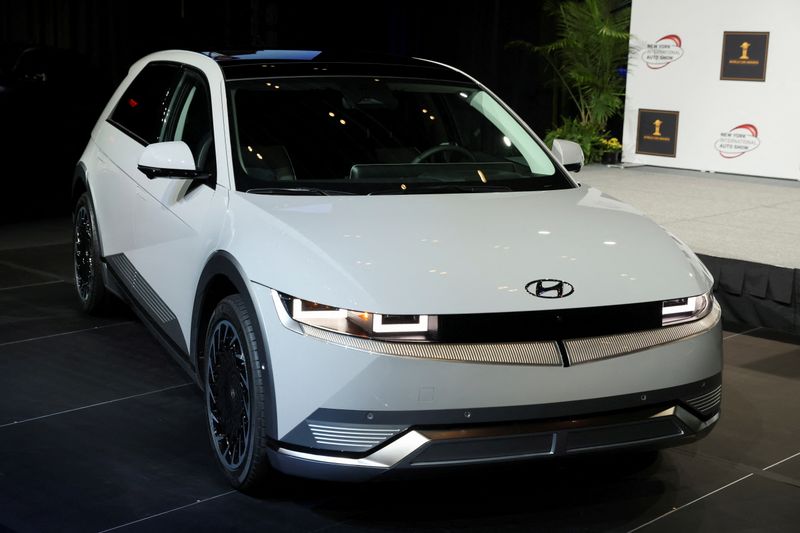
Budget-friendly brilliance defines Hyundai’s 2025 lineup. Their new Ioniq 6 N performance sedan delivers Tesla-beating acceleration at two-thirds the price, democratizing electric performance for everyday drivers.
Hyundai’s 800-volt architecture enables charging from 10% to 80% in just 18 minutes. The 10-year battery warranty remains industry-leading, addressing consumer anxiety about long-term EV ownership.
Most impressively, they’ve maintained competitive pricing while competitors hike stickers, making cutting-edge technology accessible to mainstream buyers.
10. Mercedes-Benz’s Luxury Leap

Opulence received an upgrade with Mercedes’ new S-Class.
The flagship sedan introduced holographic augmented reality displays that project navigation directions onto the actual road ahead through the windshield, making traditional head-up displays feel prehistoric.
Their new MBUX AI assistant responds to conversational commands with uncanny accuracy. Rear passengers enjoy airline-style reclining seats with massage functions and individual climate zones.
Mercedes finally solved the EV range anxiety problem too, delivering genuine 450-mile range even in cold weather conditions.
11. BMW’s Dynamic Masterpiece
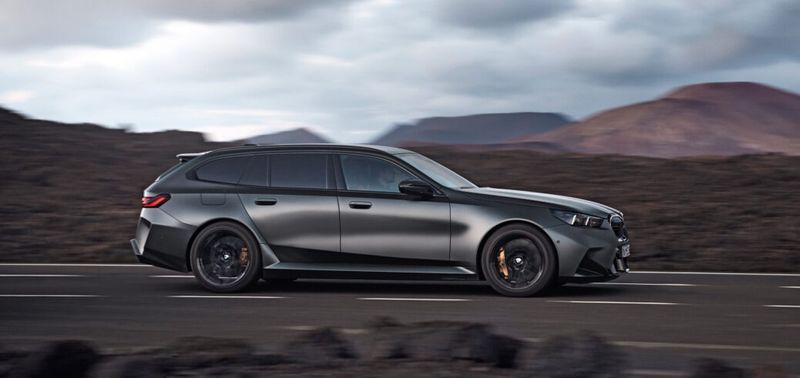
Driving enthusiasts rejoiced when BMW unveiled their M5 Touring – finally available in America after decades of European exclusivity.
This wagon combines supercar acceleration with genuine family practicality, hitting 60 mph in 3.1 seconds while accommodating five passengers and luggage.
BMW’s hybrid powertrain delivers 750 horsepower while achieving surprisingly reasonable 28 mpg highway efficiency.
Adaptive suspension technology provides both track-ready handling and comfortable daily driving. The M5 proves performance cars can survive in an electrified future without losing their soul.
12. BYD’s Global Conquest
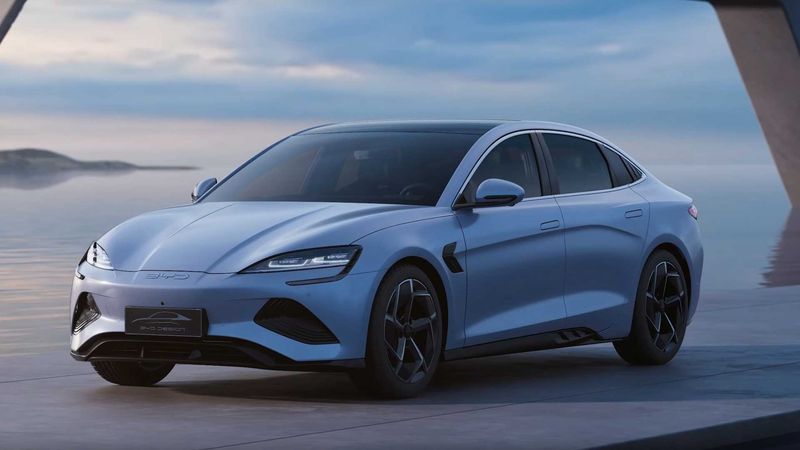
Chinese manufacturer BYD shocked the industry by delivering on their ambitious expansion promises.
Their Seal sedan arrived in America with Tesla-beating range, superior build quality, and pricing that undercuts competitors by thousands.
BYD’s proprietary Blade Battery technology demonstrated impressive safety in independent testing, with no thermal runaway issues even in severe crash scenarios.
Their dealer network expanded rapidly with Apple Store-inspired showrooms offering transparent pricing without haggling. The once-unknown brand has become a legitimate contender overnight.
13. Lucid Motors’ Range Revolution

Efficiency wizards at Lucid Motors shattered expectations with their new Air Pure model.
The “entry-level” sedan delivers an astonishing 520 miles of range while starting under $70,000 – a price/range ratio that makes competitors look wasteful.
Lucid’s proprietary motor technology generates more power while using less battery capacity than rivals.
Their compact powertrain design creates interior space rivaling full-size luxury sedans in a mid-size footprint.
Previously plagued by production delays, Lucid finally achieved volume manufacturing with improved quality control.
14. Cadillac’s Luxury Renaissance
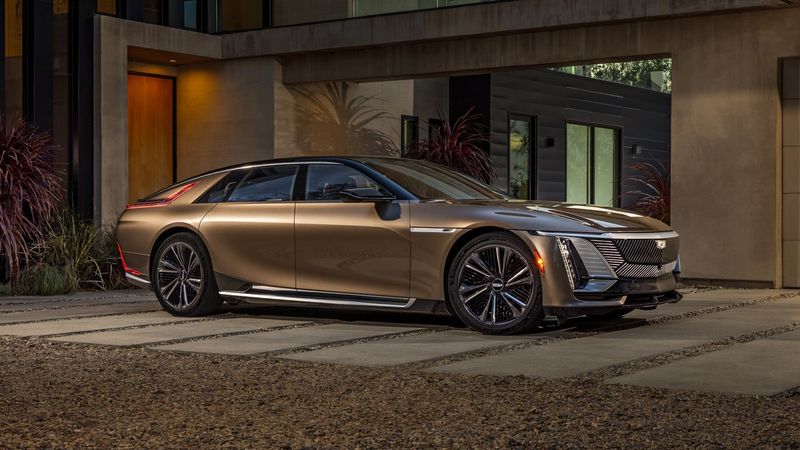
American luxury roared back with Cadillac’s stunning Celestiq flagship.
Hand-built with bespoke options, each Celestiq represents the pinnacle of GM’s capabilities with no expense spared in materials or technology.
The Celestiq’s four-quadrant smart glass roof allows each occupant to set their preferred transparency level. Its 55-inch dashboard display stretches pillar-to-pillar with customizable interfaces for driver and passenger.
Despite the $300,000+ price tag, Cadillac sold out their first year of production allocation within weeks of announcement.
